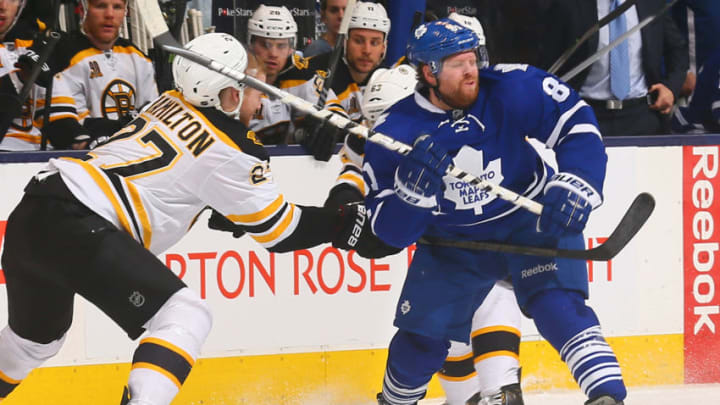
The First Trade
Date: December 21, 1927
Leafs Acquire: Jimmy Herbert
Bruins Acquire: Eric Pettinger, $15k
Technically the first trade completed between the Toronto Maple Leafs and Boston Bruins was on December 8, 1924, but that trade was just a minor league player for cash.
The first trade where a player was sent either way came early in the 1927-28 season.
Both the Bruins (6-4-4) and Leafs (5-6-3) were off to mediocre starts to the season. Looking to make a change, the Bruins sent one of their top scorers in Jimmy Herbert to the Leafs, receiving prospect Eric Pettinger and more importantly $15,000 in return.
Herbert was coming off of a down season in 1927, failing to reach the heights of his 26 goal, 35 points 1925-26 campaign. With eight points in his first 12 games to start the new season, Toronto took a swing on adding the 30-year-old in the hopes it would spark their offence.
And that it did. The Leafs jumped from the seventh-best offence in the NHL in 1926-27 to the fourth-best in 1927-28. Despite the boost to the offence, Toronto failed to make the playoffs. The Bruins went from a high scoring team to a defensive unit, making the playoffs despite scoring the seventh-most goals in the NHL.
The 1927-28 season would be Herbert’s lone with the Leafs, as he would be flipped to Detroit at the end of the season for depth defenceman Jack Arbour and $12,500.
As for the Bruins, Pettinger would make his debut the following year to disappointing results. After going pointless in his first 18 games with Boston, he would be traded back to the Toronto Maple Leafs, essentially making the trade the sale of the Bruins’ top scorer.
